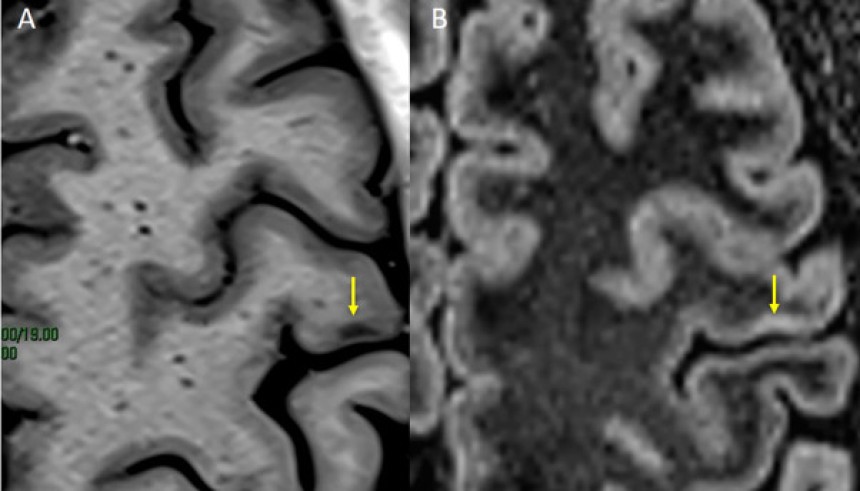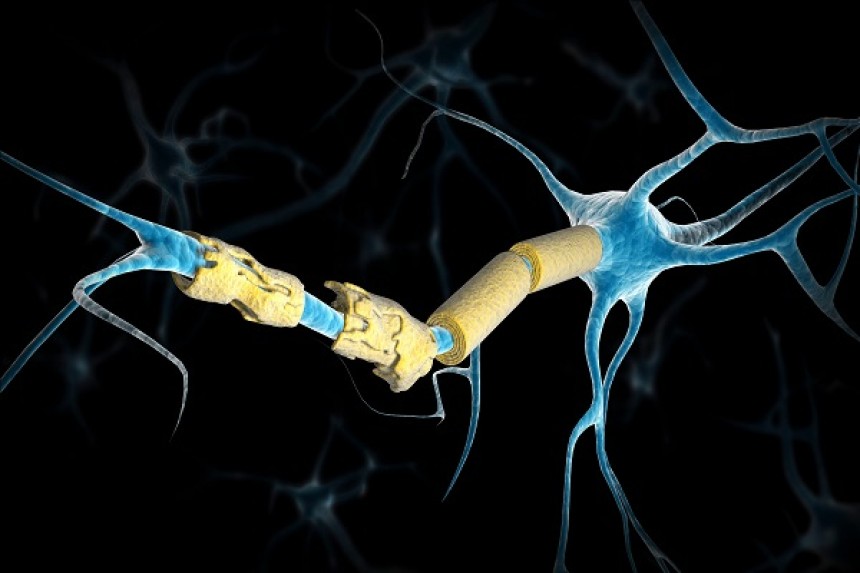
Parkinsons disease Freezing episodes
Freezing of gait in Parkinson's disease can be managed by adjusting levodopa doses during "off" periods and using non-pharmacological strategies like physical therapy. Medications like methylphenidate and amantadine may help. Investigational therapies like dopaminergic cell transplantation show promise.
Understanding Freezing of Gait:
About 30% of people with Parkinson disease experience freezing of gait episodes. Freezing is sudden and transient stop of movements which occurs primarily with initiating turning or walking. It is essential to know how freezing relates to the timing of levodopa dose. (1)
Levodopa "Off" Period Freezing:
Freezing which occurs during the Levodopa "off" period, responds to increasing the levodopa dose or shortening its dose interval. Continuous levodopa- carbidopa intestinal gel (LCIG) infusion or subthalamic nucleus deep brain stimulation can be alternative options. (1, 2, 3)
Levodopa Peak Effect Freezing:
If freezing happens at the peak of levodopa effect, then physicians could try reducing the dose of dopamine agonist, although this strategy might compromises its response to other motor symptoms. (4)
"On" Period Freezing:
If freezing occurs in the "on" period of levodopa although being uncommon, it rarely responds to the above mentioned modalities. Management includes non-pharmacological strategies and other medical treatment including investigational therapies. (5, 8)
Physical Therapy and Movement Strategies:
Physical therapy has shown some benefits. Movement strategies which could help patients include making wider turns, wearing a metronome on your belt, shifting weight, concentrating on taking large steps forward, or using a visual imagery. (6, 7)
Use of Laser Shoes:
Also, wearing laser shoes could improve freezing episodes. These shoes are specially designed to emit a laser beam on the ground ahead of the patient and providing a visual cue to them. (6)
Additional Medical Treatments:
Methylphenidate (10- 20 mg/day in 2 divided doses before breakfast and lunch) and amantadine (100 mg twice daily) can have some benefits, although data are lacking from clinical randomised trials. (9, 10)
Investigational Therapy:
Investigational therapy includes transplantation of foetal dopaminergic cell transplantation which showed some promising results in phase II trials. (11).
References
1-Elena Moro , Clement Hamani, Yu-Yan Poon, Thamar Al-
Khairallah, Jonathan O Dostrovsky, William D Hutchison, Andres M Lozano: Unilateral pedunculopontine stimulation improves falls in Parkinson's disease. Brain2010 Jan;133(Pt 1):215-24.
2-Ferraye MU, DebûB, Fraix V, Goetz L, Ardouin C, Yelnik J, Henry-Lagrange C, Seigneuret E, Piallat B, Krack P, Le Bas JF, Benabid AL, Chabardès S, Pollak P: Effects of pedunculopontine nucleus area stimulation on gait disorders in Parkinson's disease. Brain. 2010;133(Pt 1):205. Epub 2009 Sep 22.
3- Thevathasan W, Cole MH, Graepel CL, Hyam JA, Jenkinson N, Brittain JS, Coyne TJ, Silburn PA, Aziz TZ, Kerr G, Brown P: A spatiotemporal analysis of gait freezing and the impact of pedunculopontine nucleus stimulation. Brain. 2012;135(Pt 5):1446. Epub 2012 Mar 6.
4-Nonnekes J, Snijders AH, Nutt JG, Deuschl G, Giladi N, Bloem BR: Freezing of gait: a practical approach to management. Lancet Neurol. 2015;14(7):768. Epub 2015 May 24.
5-Cosentino C, Baccini M, Putzolu M, Ristori D, Avanzino L, Pelosin E : Effectiveness of Physiotherapy on Freezing of Gait in Parkinson's Disease: A Systematic Review and Meta-Analyses. Mov Disord. 2020;35(4):523. Epub 2019 Dec 4.
6-Donovan S, Lim C, Diaz N, Browner N, Rose P, Sudarsky LR, Tarsy D, Fahn S, Simon DK: Laser light cues for gait freezing in Parkinson's disease: an open-label study. Parkinsonism Relat Disord. 2011;17(4):240. Epub 2010 Sep 3.
7-Barthel C; Nonnekes J; van Helvert M; Haan R; Janssen A; Delval A; Weerdesteyn V; Debû B; van Wezel R; Bloem BR; Ferraye MU: The laser shoes: A new ambulatory device to alleviate freezing of gait in Parkinson disease.Neurology. 2018; 90(2):e164-e171.
8- Suchowersky O; Gronseth G; Perlmutter J; Reich S; Zesiewicz T; Weiner WJ: Practice Parameter: neuroprotective strategies and alternative therapies for Parkinson disease (an evidence-based review): report of the Quality Standards Subcommittee of the American Academy of Neurology. Neurology. 2006; 66(7):976-82
9- Espay AJ, Dwivedi AK, Payne M, Gaines L, Vaughan JE, Maddux BN, Slevin JT, Gartner M, Sahay A, Revilla FJ, Duker AP, Shukla R: Methylphenidate for gait impairment in Parkinson disease: a randomized clinical trial. Neurology. 2011;76(14):1256.
10- Moreau C, Delval A, Defebvre L, Dujardin K, Duhamel A, Petyt G, Vuillaume I, Corvol JC, Brefel-Courbon C, Ory-Magne F, Guehl D, Eusebio A, Fraix V, Saulnier PJ, Lagha-Boukbiza O, Durif F, Faighel M, Giordana C, Drapier S, Maltête D, Tranchant C, Houeto JL, DebûB, Sablonniere B, Azulay JP, Tison F, Rascol O, Vidailhet M, Destée A, Bloem BR, Bordet R, Devos D, Parkgait-II study group: Methylphenidate for gait hypokinesia and freezing in patients with Parkinson's disease undergoing subthalamic stimulation: a multicentre, parallel, randomised, placebo-controlled trial. Lancet Neurol. 2012;11(7):589. Epub 2012 Jun 1.
11- Olanow CW; Kordower JH; Lang AE; Obeso JA: Dopaminergic transplantation for Parkinson's disease: current status and future prospects. Ann Neurol. 2009; 66(5):591-6





